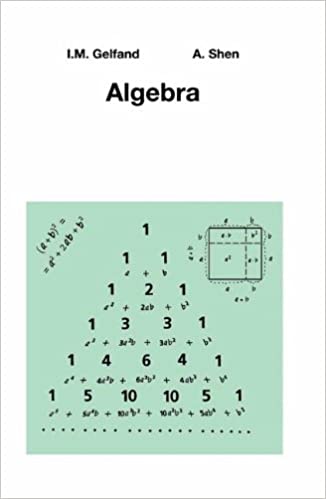
12/09/2021
I would like to admit that mathematics is an area that I am not too familiar with despite studying in Singapore from primary school to my tertiary education. Recently, I have been delving and learning/relearning more about basic mathematics in general.
I found this book online and it is highly recommended among self-learners. It is quite a long read, with a total of 149 pages that tries to build an understanding and intuition for Algebra. Algebra, in essence, is the manipulation of numbers with operations and this book does a damn fine job of building that. The structure of this book is as follows, there is a short 2 or 3 sentences explaining a concept or a theory, followed by numerous problems that build up to another concept or theory. All in all, there are 342 problems to solve, ranging from simple mathematical operators to puzzle-like problems.

What surprised me is the fact that the book really starts from the absolute basic, establishing the fact that 5 + 3 = 8 is similar to 3 + 5 = 8 And it slowly builds up from there, multiplication/division algorithm, arithmetic/geometric progression, pascal’s triangle, polynomials, etc, etc… It goes quite a bit into number theory which isn’t really my kind of thing. It is a good basics refresher though! I haven’t done long division (and frankly forgot how to apply to it polynomials) by hand ever since the calculator was introduced in upper Secondary school. I am quite happy with the book, though I didn’t try or solve all the 342 problems it’s quite interesting reading or trying them.
A bacterium dividing one a minute fills a vessel in 30 minutes. How much time is necessary for two bacteria to fill the same vessel?
Solution: 29 minutes.
This initially looks like an algebra + geometric problem, where we let the volume of vessel be A. $$ 30_{minutes} = \frac{A}{1+2+4+8+...2^{29}} $$ find $$ x_{minutes} = \frac{A}{1+2+4+8+...2^{x-1}} $$ Looks tricky, but if you think about it this way: starting with 2 bacteria is similar to starting with one bacteria but a minute has passed. It becomes alot simpler!
The sum of two numbers is equal to 1. What is the maximal possible value of its product?
Solution: 0.25
This is can be rephrased into an algebraic problem where $$ (\frac{1}{2} + x) + (\frac{1}{2} - x) = 1 $$ therefore $$ (\frac{1}{2} + x) * (\frac{1}{2} - x) = (\frac{1}{4} - x^2) $$ which can only be maximized when x = 0 thus the max value is a quarter which is 0.25. Coincidentally this is similar proving that a square has a maximum area of all rectangle having the same perimeter.
A stick is divided into red marks into 7 equal segments and green marks into 13 equal segments. Then it is cut into 20 equal pieces. Prove that any piece (except the two end pieces) contains exactly one mark (which may be red or green).
Solution: Not putting it here so that I can take a look at it again when I am bored. There is a couple of solution on google though.